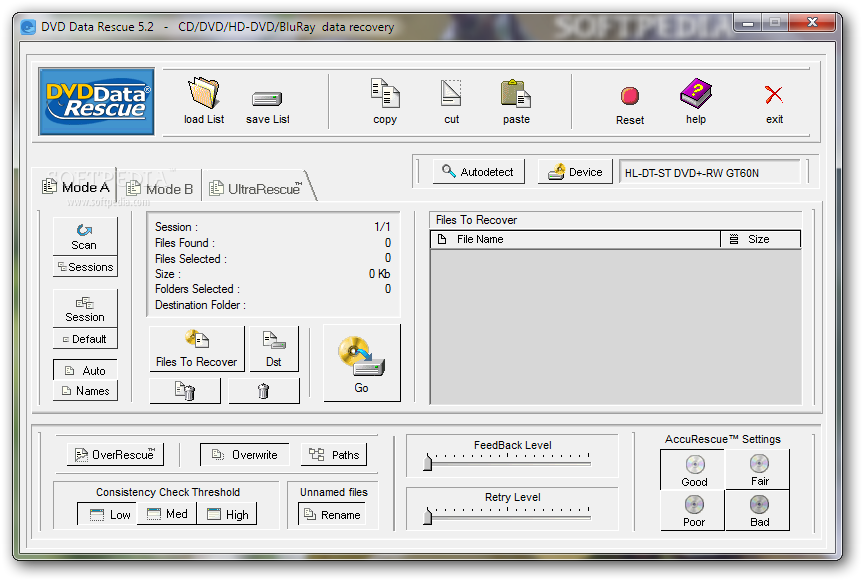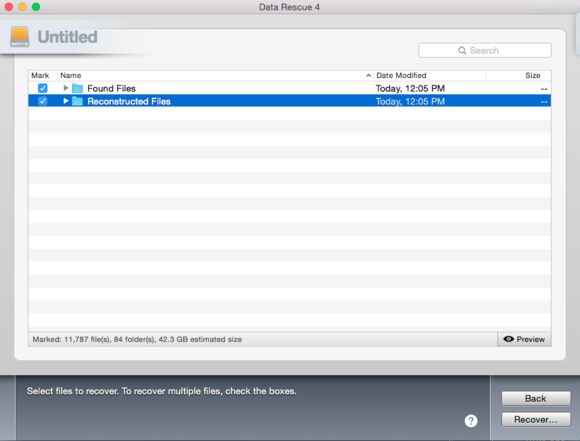

DATA RESCUE FOR MAC FREE SOFTWARE
The data recovery software knows when a scan is taking too long, but won't check for bad sectors and is unable to avoid them to minimize the ETA.Ĭomplicated configuration. However, exFAT performance is lackluster at best, with only 10-20% of data recovered.īad sector management. Recently deleted files can be quickly recovered only from APFS, HFS, NTFS, and exFAT disks. The average user wouldn’t know the option exists in the first place, which would compromise the data recovery results. For example, you can limit the program to ignore all files that are larger than 10 GB. The size limitations for the searched files are set in the settings menu.

Data Rescue can recover file names and directory structures of HFS-formatted storage devices but not other file systems. To see how much Data Rescue actually costs, you need to download the software first.

Users can either pay $19 to recover one file or purchase an unlimited license for $399 per year, which is very expensive in comparison to other similar solutions. You can only save up to 15 scanning sessions, and Data Rescue won’t let you start another scan unless you delete all saved sessions first. The data recovery software doesn’t display an estimated scanning duration. Data Rescue for Mac requires a constant connection to the internet to validate the license. To scan system drives, Data Rescue offers a bootable recovery option, but it didn’t work well on our Mac running the latest version of macOS. The user has to boot into Recovery Mode first. Since macOS 10.13 High Sierra, Data Rescue can’t scan system disks directly.


 0 kommentar(er)
0 kommentar(er)
